Week of October 24-28 2016
Kindergarten
Content Objective: I can demonstrate comprehension of the sense of hearing by predicting sounds of various objects and words to describe the sound (loud, soft, high, low, quiet, silent, etc)
Language Objective: I can orally explain the sounds I heard using sound words.
Sentence stem:
I hear a ______________ sound with my ears. It is a ____________.
Vocabulary:
senses, ears, sound, hear, loud, soft, silent, quiet high pitch, low pitch
S.IA.00.12 Share ideas about the senses through purposeful conversation.
First Grade
Content Objective:
I can demonstrate comprehension of the 3 states of matter by comparing water in a solid and liquid form and experimenting by pouring water into various shaped containers to observe the properties of liquids.
Language Objective:
I can color various pictures according to their state of matter (solid, liquid, or gas).
Vocabulary:
matter, solid, liquid, gas, properties
P.PM.E.2 States of Matter-Matter exists in several different states: solids, liquids and gases. Each state of matter has unique physical properties. Gases are easily compresses but solids and liquids are not. Solids have their own particular shapes, but liquids and gases take the shape of the container.
P.PM.01.21 Demonstrate that water as a solid keeps its own shape(ice).
P.PM.01.22 Demonstrate that water as a liquid takes on the shape of various containers.
Second Grade
Pipe Cleaner Tower challenge:
We discussed the properties of a pipe cleaner. They used the properties of a pipe cleaner to help them build a tower. They were given 10 pipe cleaners. They had to work as a team to build the tallest free standing tower. It was challenging, but fun!
Third Grade (2 week activity)
Content Objective: I can demonstrate comprehension of how weight and the strength of force can affect an object’s motion by predicting if a lighter or heavier ball will travel farther when a soft or hard force is applied.
Language Objective:
I can write to explain how the amount of force and weight affected each ball’s motion and distance traveled.
Vocabulary: hypothesis , prediction, results, conclusion, force, motion, push, pull, lighter, heavier, weight, force strength, measuring tapes, meter stick, meters, centimeters
P.FM.03.35 Describe how a push or a pull is a force.
P.FM.03.37 Demonstrate how the change in motion of an object is related to the strength of the force acting on it.
S.IP.03.14 Manipulate simple tools that aid observation and data collection (measuring tape or meter stick)
CCSS-GLCE: 13.2.1.43.MD.4 Generate measurement data by measuring lengths using rulers marked with halves and fourths of an inch.
Fourth Grade
Content Objective: I can demonstrate application of electrical energy and how it works by constructing a simple circuit and distinguishing between a closed and open circuit.
Language Objectives: I can draw and label how a simple circuit works
Include: Path (wires-arrows to show electron flow) power/energy source (battery), and the load (light bulb)
Vocabulary: energy, electrical, transfer, transform, simple circuit, atoms, neutrons, protons, electrons, open circuit, closed circuit, power source (battery), wire (path), load (bulb)
P.EN.04.12 Identify heat and electricity as forms of energy
P.EN.E.51 Demonstrate how electrical energy is transferred and changed through the use of a simple circuit.
Fifth Grade (2 week activity)
Content Objective: I can demonstrate comprehension of Newton’s Second Law of Motion by experimenting and measuring how far cars with different masses will travel down a ramp.
Language Objective: I can draw a table to show my results and explain how this activity shows Newton’s Second Law of Motion.
Sentence Stems:
The _____________ activity was an example of Newton’s Second Law of Motion.
The results from this activity showed Newton’s Second Law by _______________________.
Vocabulary: contact and non-contact forces, motion, force, mass, weight, acceleration, velocity, speed, Newton’s Second Law of Motion, balanced force, unbalanced force, push, pull, gravitational force, relative position
P.FM.05.34 Relate the size of change in motion to the strength of unbalanced forces and the mass of the object.
P.FM.05.43 Illustrate how motion can be measured and represented on a graph.
S.IA.05.14 Draw conclusions from sets of data from multiple trials of a scientific investigation.
S.IP.05.14 Use metric measurement devices in an investigation.
S.IP.05.15 Construct charts and graphs from data and observations.
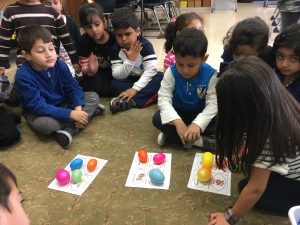

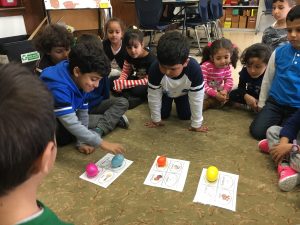
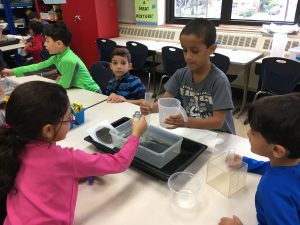
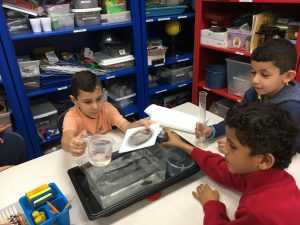
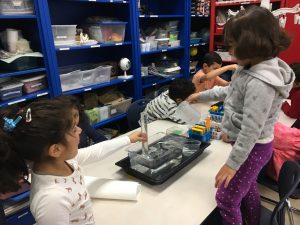
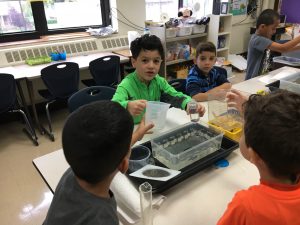
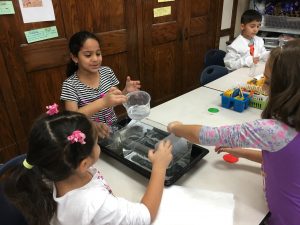
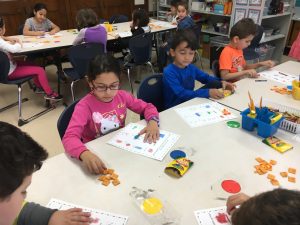
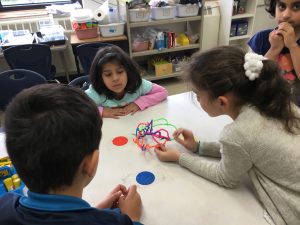
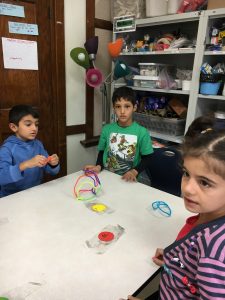
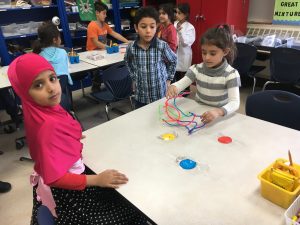
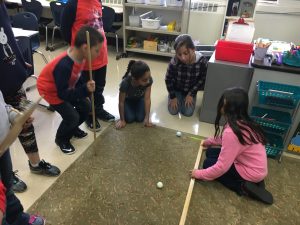
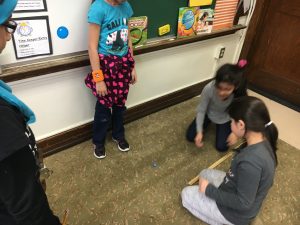
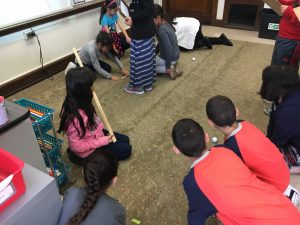
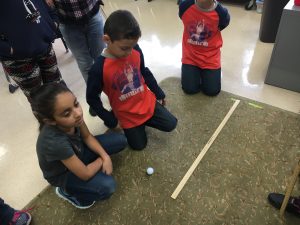
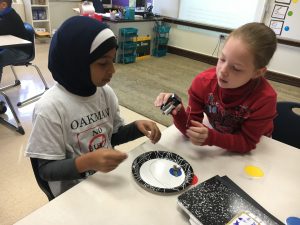
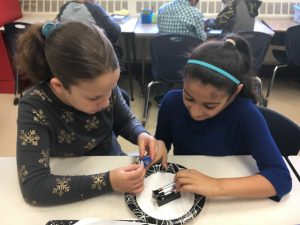
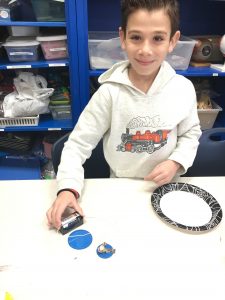

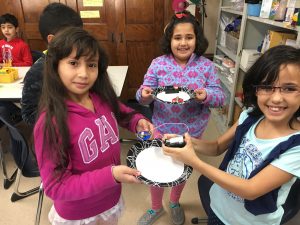
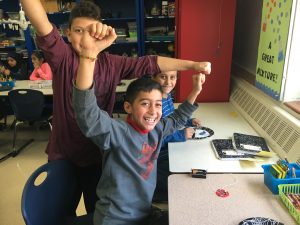
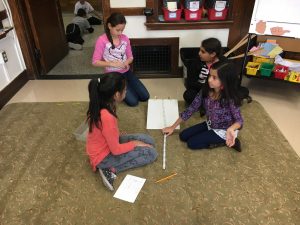
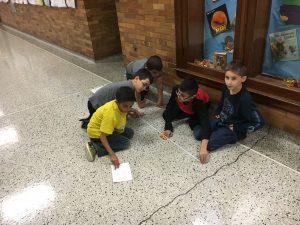
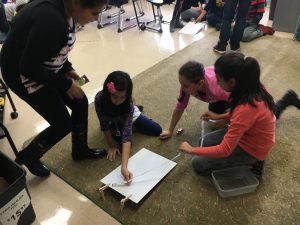
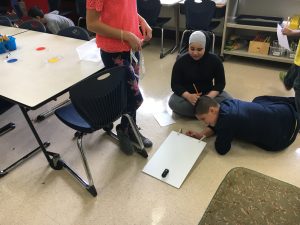
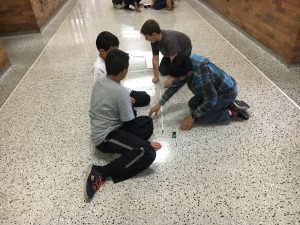
Leave a Reply